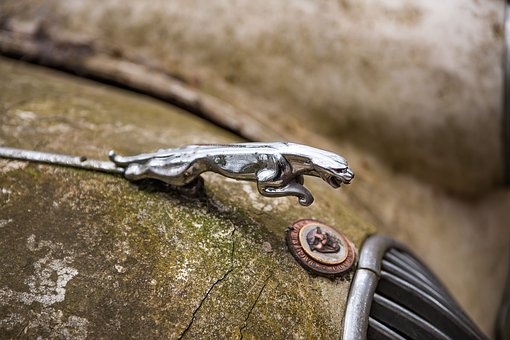Don't Skip The Floss

Someone told me once that I only needed to floss the teeth I want to keep
. That gave me pause as I realized that I want to keep them all!And who doesn't? Flossing is one of the best things you can do to ensure oral health.
And there are new findings that lack of flossing can cause other problems in the body due to the poor hygiene. It only takes a couple of minutes a day, and dentists have been telling us to do this for years.
But still, there are so many adults and children who leave flossing out of their daily hygiene routines. If you don't floss - or don't floss correctly - you're leaving disease-causing bacteria between your teeth.

Brushing and professional dental cleanings remove plaque from the surface of your teeth. Plaque is a sticky bacteria the covers your teeth. Every time you eat or drink, plaque releases acids that destroy tooth enamel.
Cavities occur when the enamel breaks down too much. If you do not brush and floss each day to get rid of the plaque, tartar builds up.
This can lead to periodontal (gum) disease. Periodontal disease is a serious infection that can cause tooth decay and loss of your teeth.
Some studies show that periodontal disease may also increase your risk of other health conditions, like heart disease and stroke. More research is being done on this connection.
Brushing alone can't remove all plaque. Plaque also builds up on the sides of your teeth, where toothbrush bristles can't reach.
Flossing gets rid of the plaque between your teeth and along the gumline. People who don't floss have a lot more plaque-causing bacteria in their mouths than those who do floss.
Some experts believe that flossing is more effective than brushing. Make sure you do both, though.
Flossing also helps:
- Remove food and other items that are stuck between your teeth and along your gumline
- Clean teeth surfaces
- Control bad breath
The technique:
Flossing only works when it's done the right way.
Follow these steps:
1.Floss once each day, right after you brush your teeth.
2.Break off a piece of floss that is about 18 inches (1 1/2 feet) long. You can use waxed or unwaxed floss, flavored or unflavored, wide or regular. All work well. It's just a matter of preference.
3.Take one end of the floss and wrap most of it around one of your middle fingers. Wrap the other end of the floss around your other middle finger. Leave about one to two inches of floss free between your fingers.
4.To floss your upper teeth, use your thumbs to gently guide the floss between your teeth using a zigzag motion. To floss your lower teeth, use your index finger to lightly press the floss down between your teeth using a zigzag motion. Do not force the floss into place.
5.Carefully slide the floss up and down the side of each tooth. Make sure to go below the gumline to clean the area between the tooth and the gum. Make a "C" shape with the floss on the side of each tooth.
6.Gently remove the floss from between your teeth.
7.Unravel a small amount of clean floss from one of your middle fingers. Wrap the used section of floss around the other middle finger. Use this fresh section of floss to clean between the next pair of teeth.
8.Repeat these steps to floss between all of your teeth. Make sure to get the backside of your last teeth as well.
9.Rinse your mouth with water when you're done to remove food and plaque particles.
If you have not flossed in awhile, you may have some slight bleeding or sore gums at first. Continue your flossing routine.
After a few days, your gums should heal. If the bleeding is heavy, does not stop, or if your gums are swollen or tender, call your dentist.
How to get your young child to floss:

You can use a floss holder, which may make it easier for your child to start trying herself. If you are flossing her teeth for her instead, wrap the floss around your fingers and gently clean between her teeth-up and down and side to side.
If you are doing it for her, be careful not to force the floss between teeth if they are very close together and tightly spaced. If the floss is forced and then hurts her gums, it may cause bleeding, which will hurt and make her less likely to sit still for it.
After flossing it is a good idea to rinse with cold water. As with many activities, making this one fun will go a long way in gaining your child's cooperation.
by: Jack Landry The History Behind Bausch & Lomb Mike's Truth About Abs Program Review Why You Shouldn't Want To Can I Get Him Back It's Traumatic To Want To Get Over Ex Gf It's Over You Can't Cannot Get Over Ex Penny Stocks To Watch Out For - Don't Miss Out On These! Mike's Truth About Abs Download From My Experience It's Hurt To Get Over Your Chinese Valentine's Day in Chinese Culture It's Going To Hurt To Get Over Your Converting a traditional IRA to a Roth IRA isn't always a good idea Resolving Error 'Synchronization cannot be started..' Synchronizing Outlook Notes Truck Tool Boxes: Heavy-Duty Hauling